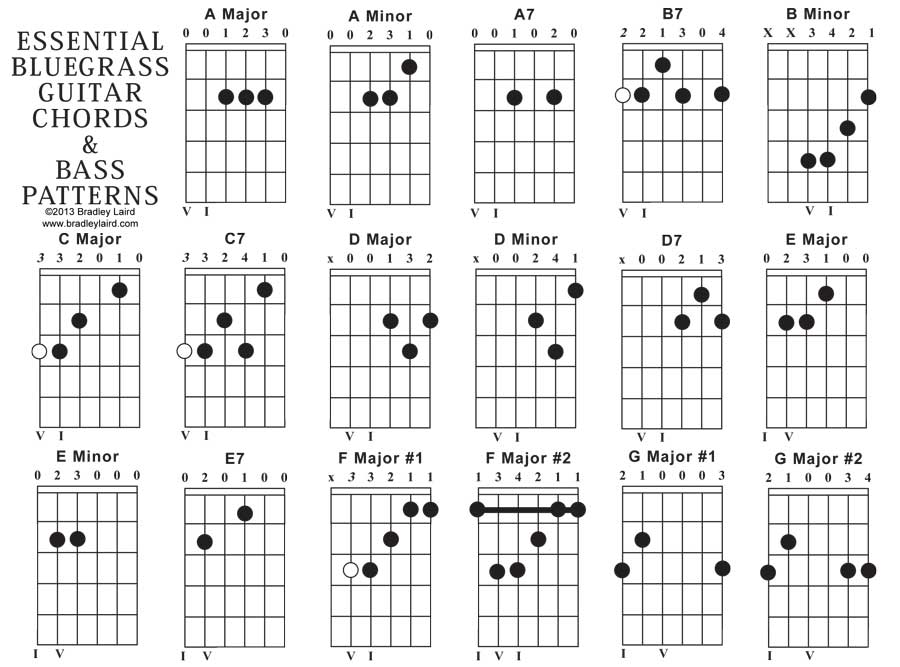
There are three standard types of chords.

Whether you’re doing either technique, learning chords for both is highly essential. If you’re thinking of getting your first guitar or getting a new one and don’t know what to look for, here is a brief guitar-buying guide that can give you some good tips.Ĭhords may be challenging for beginners, as there are different types of chords and various ways to play them. Lead guitarists focus more so on the melody, riffs and guitar solos while rhythm guitarists play chords and use different techniques such as strumming and fingerpicking.
ALL CHORDS FOR GUITAR HOW TO
Students will learn how to play the parts of lead or rhythm guitarist.


With the School of Rock method of teaching, students will take what they learn in the lesson room to start performing in front of a live audience. Let’s look at different guitar chords for beginners, tips and tricks on how to play them, and what songs we can start playing. Most popular instruments play them with the exception of drums and bass as they pertain to the beat, tempo and adding depth to the harmony. Without them, there wouldn’t be much rhythm and music itself would feel incomplete. What are chords? Chords help create harmony in music. You need to develop quality control and standards - never settle for inconsistent sounding chords thinking "I can get away with that".You pick up your guitar, get your fingers and guitar pick ready, when you start to wonder, “what do I play? Where do I start?” Some of the basics that guitarists learn from the beginning are chords. Great sounding chords and fast changes don't happen overnight. Practice chords every time you pick your guitar up Work on finding the sweet spot, which is midway between the middle of the fret box and the metal fret. Position your fingers too far back, though, and you'll have to apply way more pressure. Don't place your fingers on the metal fretsĬontrary to some advice, you risk the notes muting horribly if you place your fingers too close to the fret when you play guitar chord shapes. With practice, you'll find the sweet spot. Follow this simple rule - if your notes ring out clearly, you're using the right amount of pressure. Many beginner players press down too lightly on guitar strings, but a few press too hard. Press your finger down with the correct pressure Muted and buzzing strings aren't only caused by pressing down too lightly the angle of your fingers, if too flat, will kill your sound. Good news? They get tough pretty quickly though when you practice daily.Ĭurving your fingers around will help you avoid touching the strings below, which stops them from ringing out. To get chord notes to ring out clearly, pressing down on the string with your fingertip allows you to apply the most amount of pressure.įair warning: your fingers will be very sore at first. Press the string with the tips (pad) of your fingers It takes time to build proper muscle memory. Your thumb will fight you at first and want to move to the left or drop down. Your thumb acts like an anchor by helping to control your chord changes and keeping your fingers in the correct position. It makes it hard to grip and change between the chords easily.Īn added bonus to gripping your thumb around the neck is you can also mute the low E string with it on chords that don't use string 6 (A's, C's, D's, for example). Placing your thumb low down at the back of the neck when playing open chords is outdated advice.

The first thing to try if your chord changes feel slow and messy is to adjust your thumb position. Lightly wrap your thumb around the guitar neck Notes buzzing or muting on the chords? Follow these top tips to learn how to play chords cleanly, smooth, and fast. How to play guitar chords properly: Top 7 Tips


 0 kommentar(er)
0 kommentar(er)
